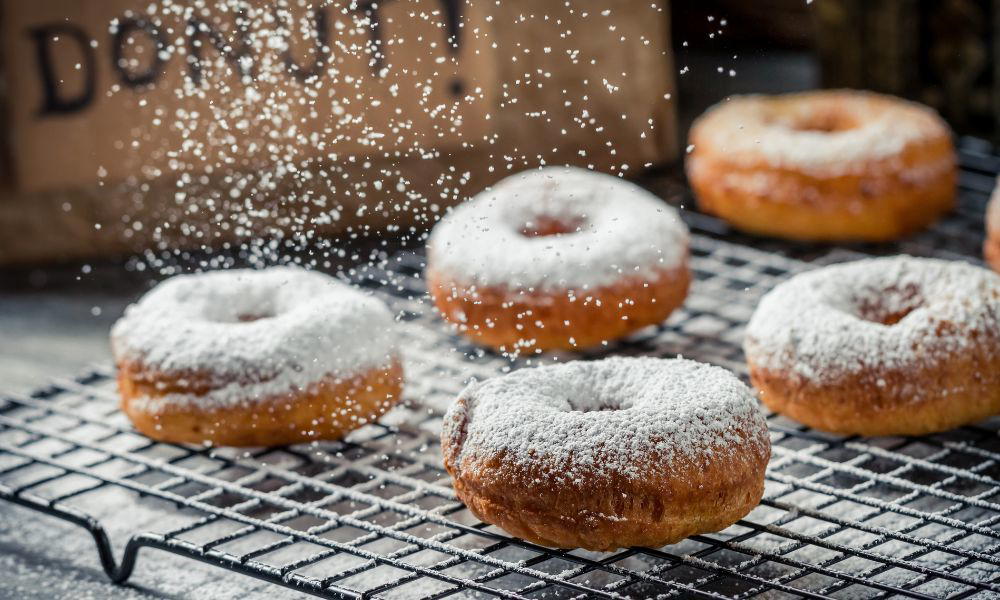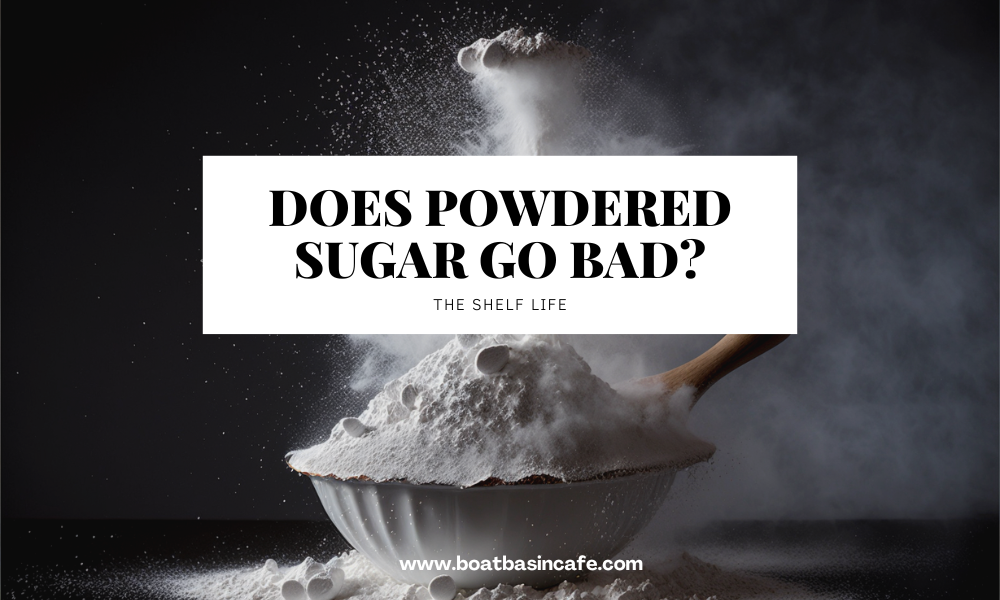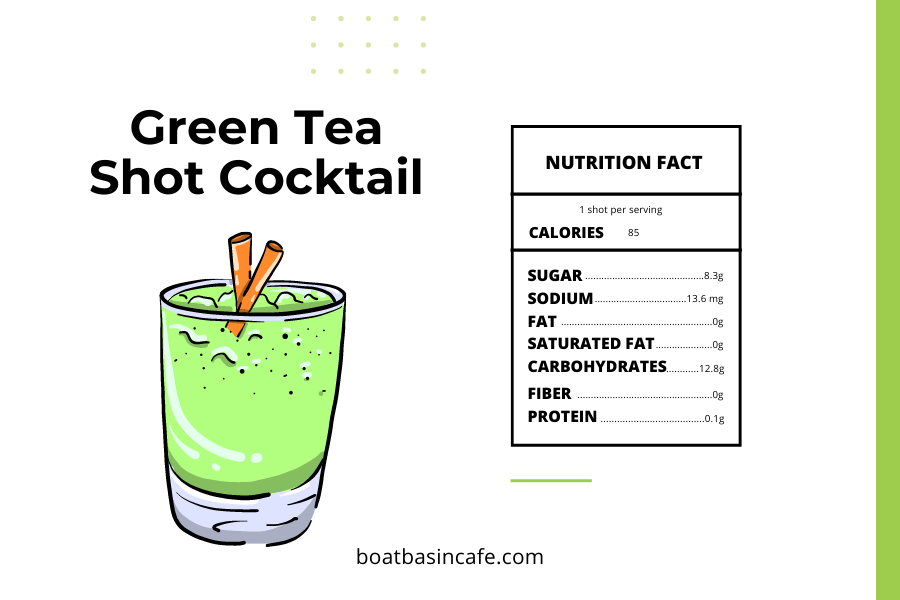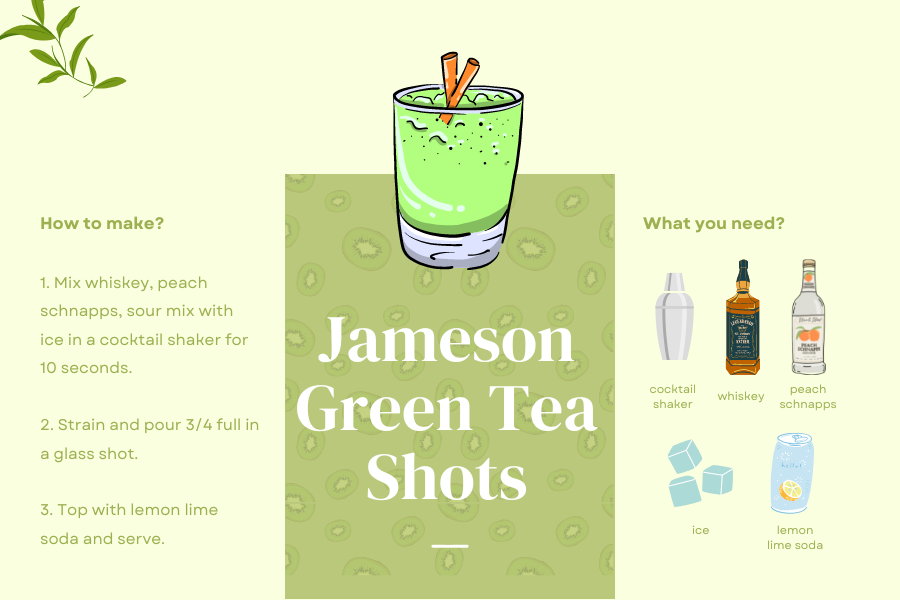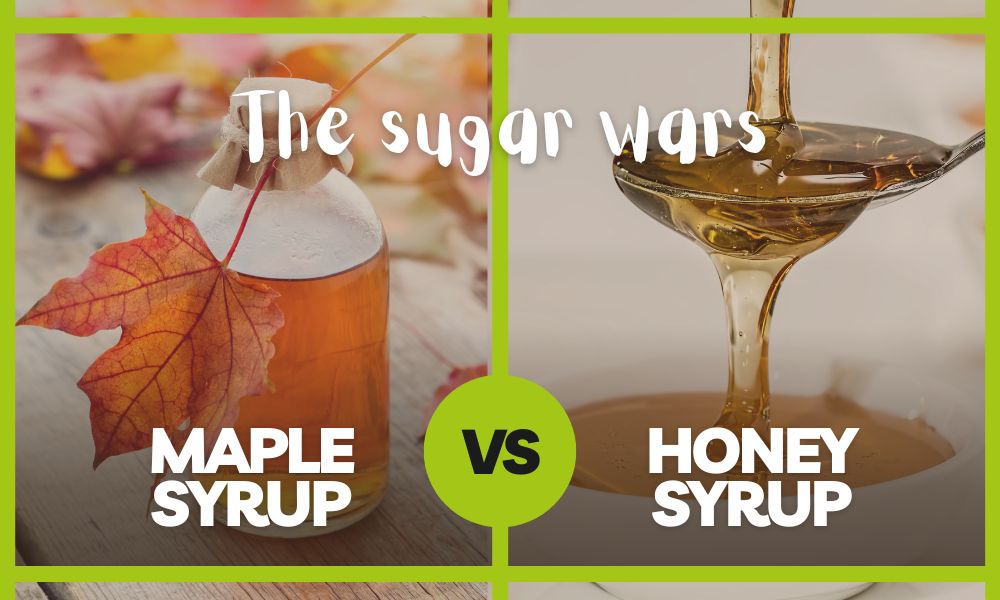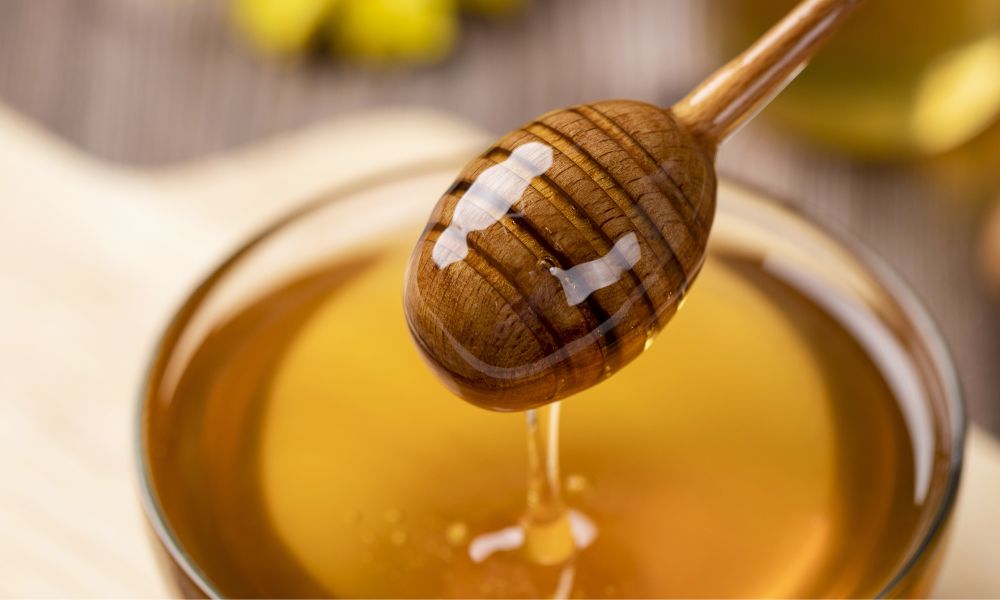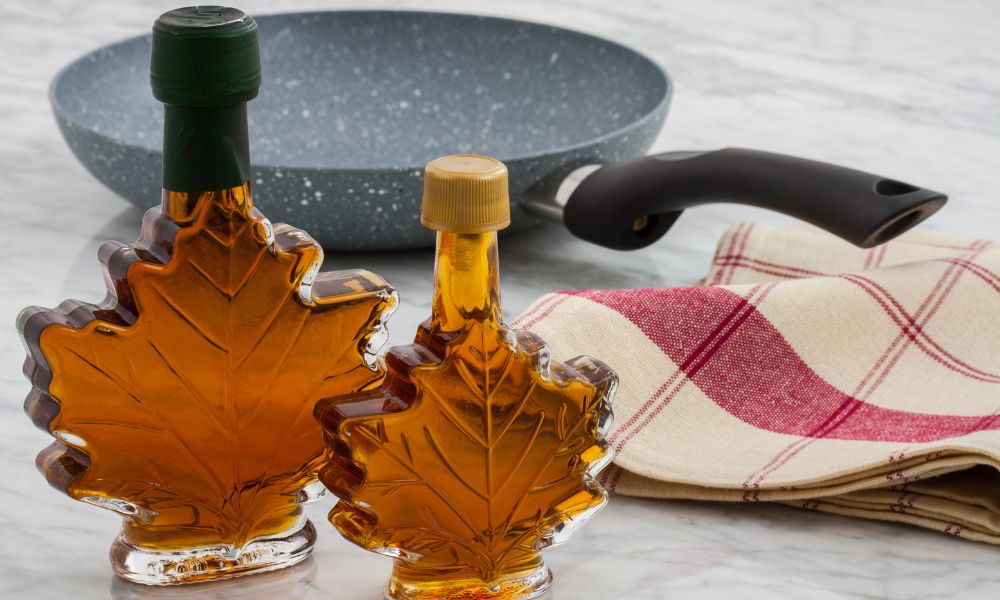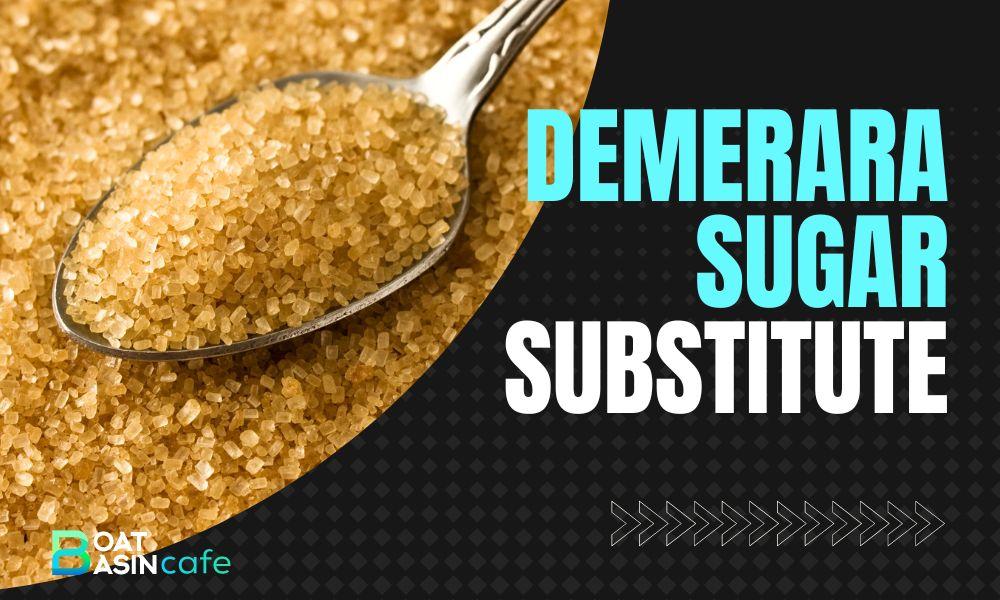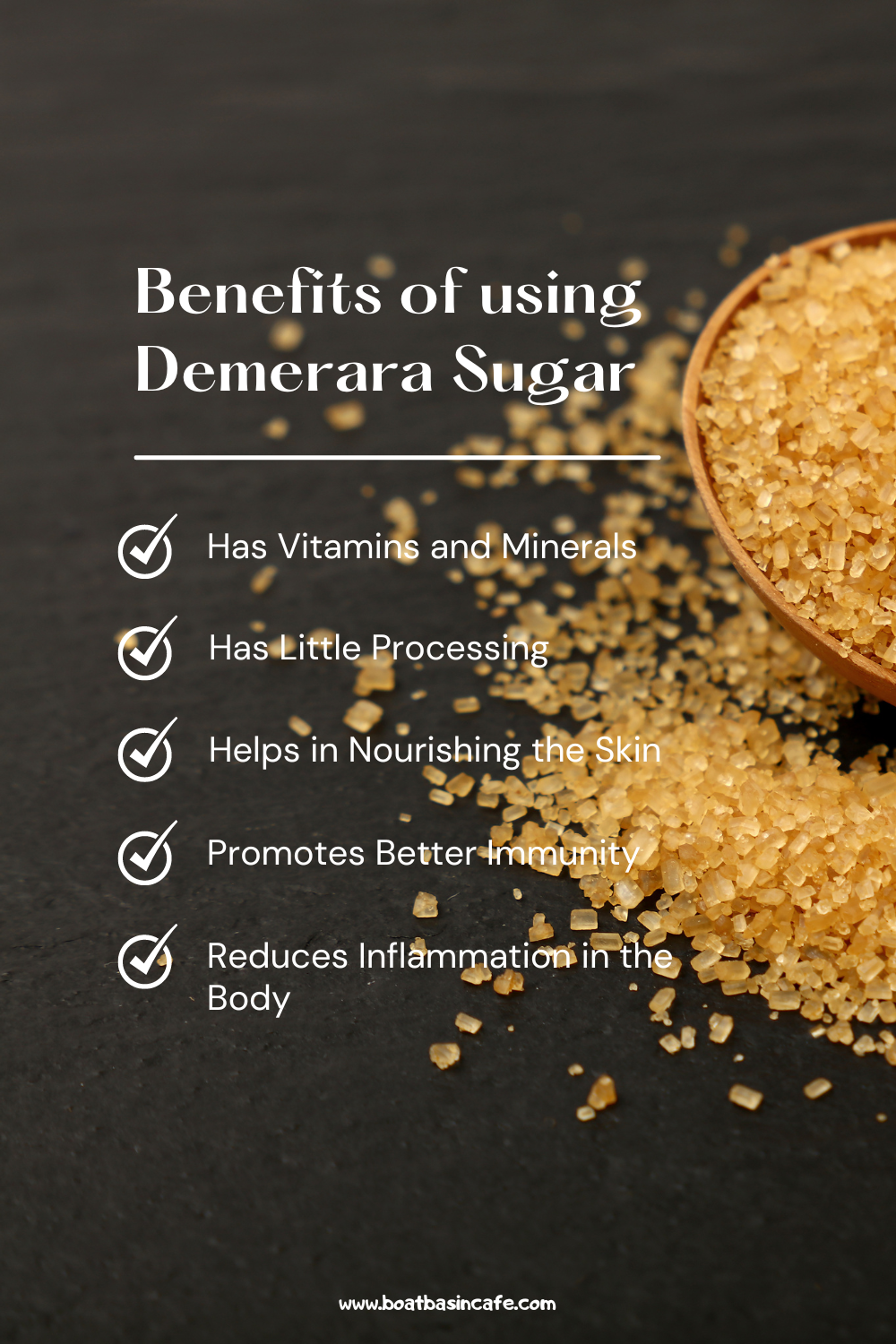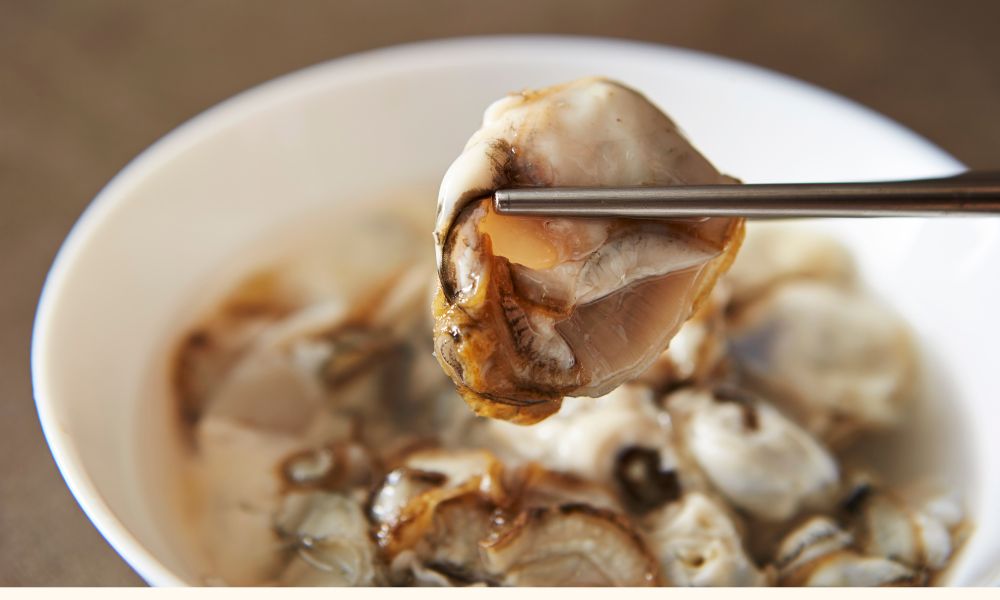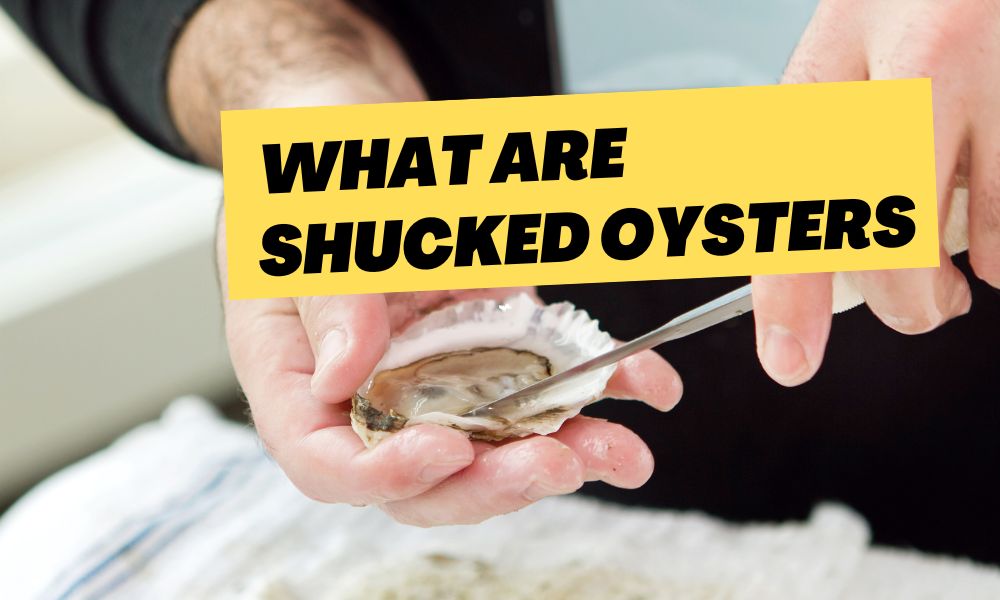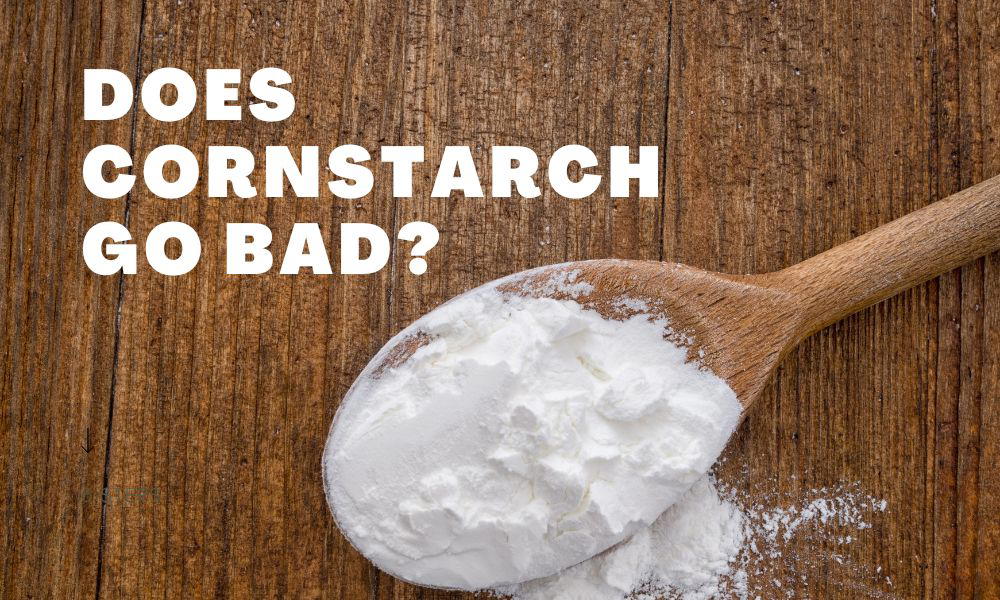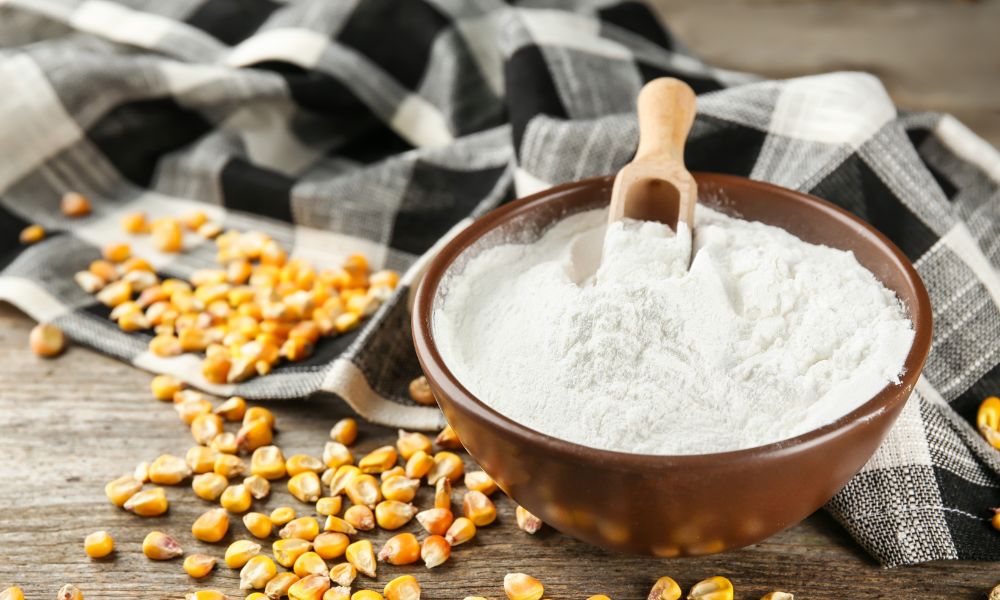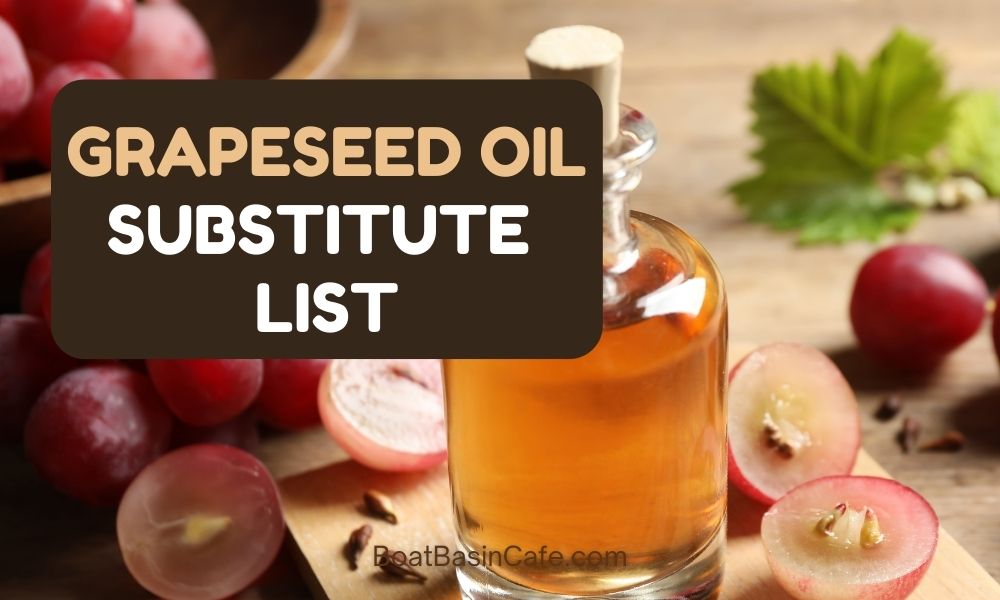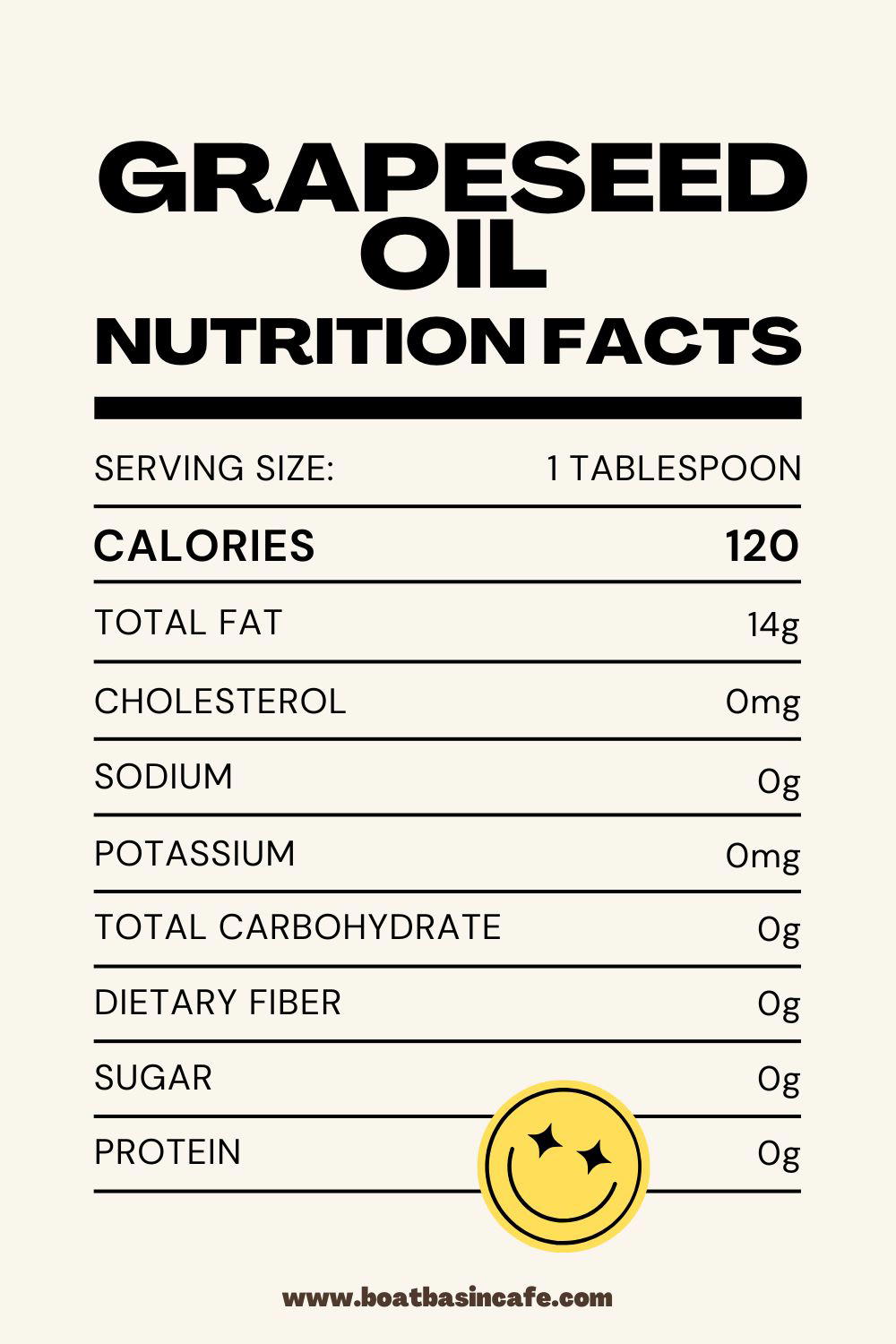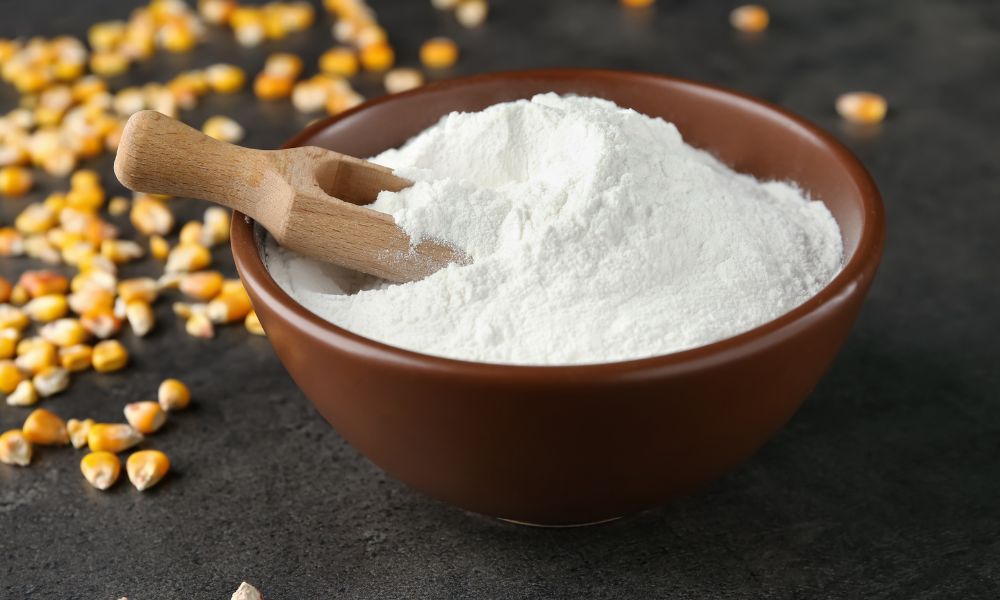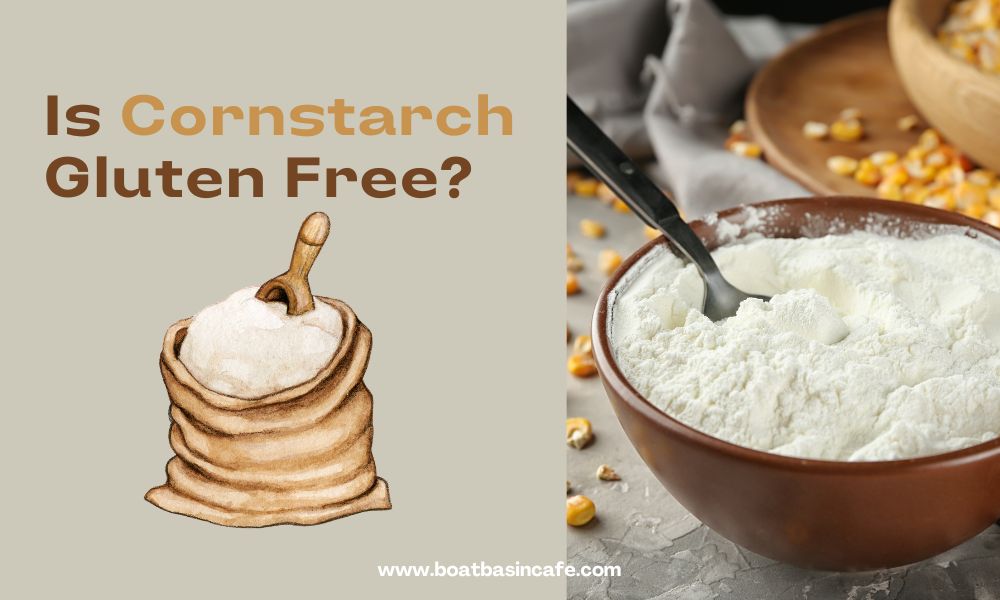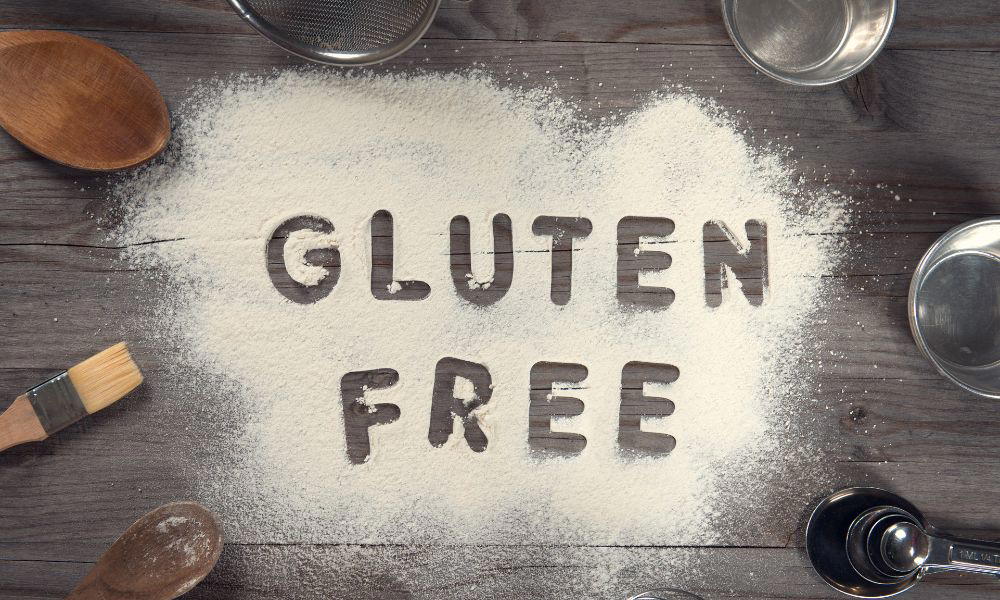Learn the various sushi types made from cooked or raw fish, vegetables, meat, and other ingredients to give this traditional Japanese food a modern take to tickle your taste buds.
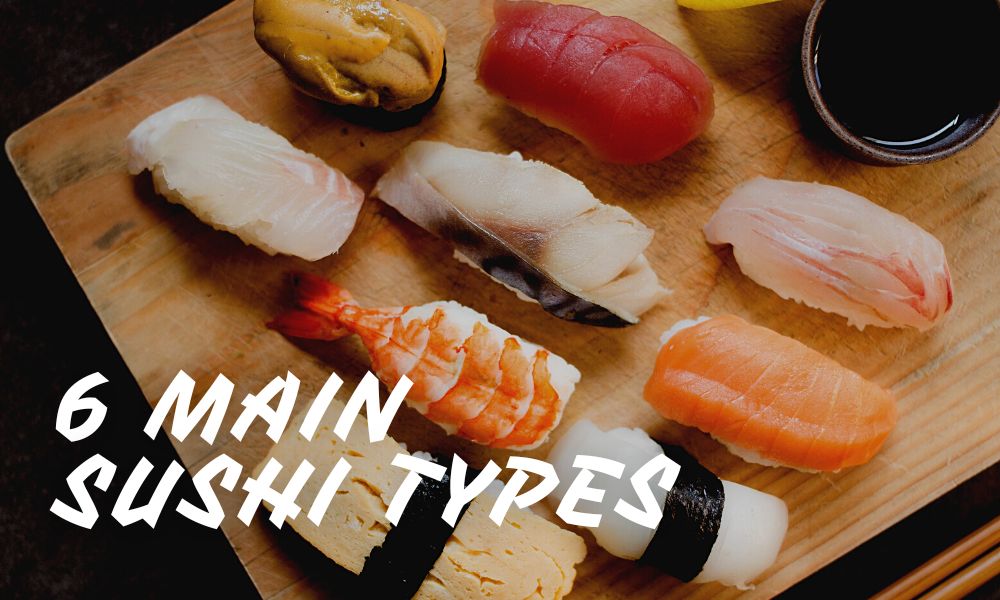
Sushi – what started off as a way to preserve fish has taken the world by storm by the sheer force of the flavors, textures, and tastes tightly packed into neat little rolls or rectangles of rice, fish, and vegetables. Chefs everywhere have taken the liberty to craft various sushi shapes and sizes with non-conventional fillings. As a result, Japanese sushi comes in a wide variety.
When I first started frequenting sushi restaurants, I couldn’t figure out all the different types of sushi – urumaki vs nigiri, for example. And I was too shy to ask. However, once I was friends with a Japanese chef, it was easier for me to learn about the roll sushi and order the right ones. So, this post is about the main types of sushi explained to my sushi-loving readers!
What Is Sushi?
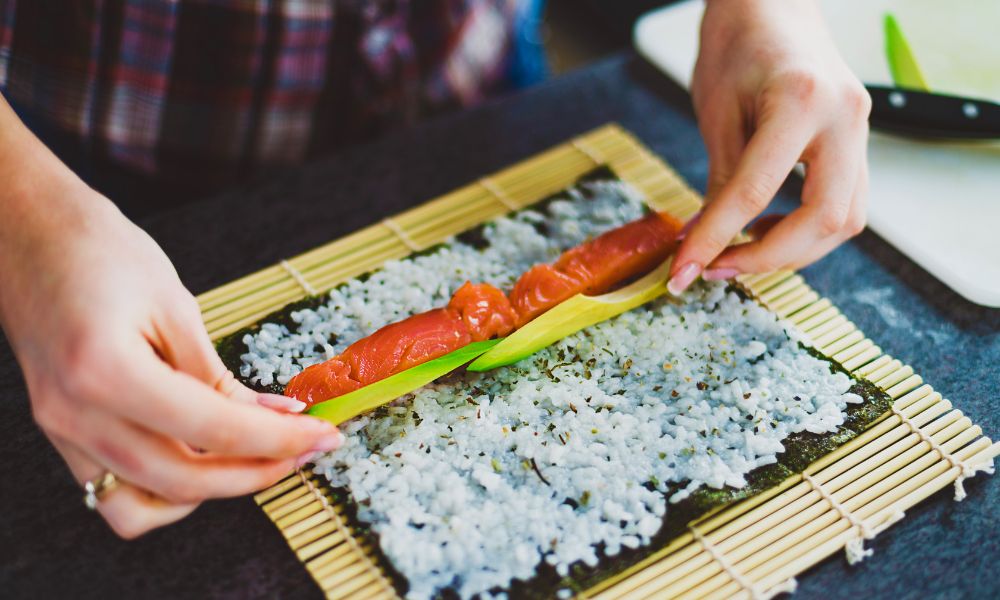
It is a type of Japanese cuisine that mostly includes vinegar-seasoned short-grained rice served with vegetables, fish (either raw or cooked), and a variety of fillings and toppings. Wasabi, pickled ginger, and soy sauce are commonly offered on the side. It’s common to dip the sushi in soy sauce before eating it. Sushi means “sour” in Japanese and refers to the vinegar used to season the rice.
The main ingredient of sushi is not raw fish as many people believe. It is rice. And if the rice is not prepared in a certain way, sushi won’t qualify as such. For this, you need sushi vinegar. It is simply Japanese rice vinegar in which sugar and salt have been dissolved. This mixture is added to cooked rice to give it a particular flavor and make it sticky so that it can be molded easily. This is called sushi rice.
Where Sushi Originated
According to this source, sushi was first mentioned in a Chinese dictionary in the 4th century. It talked about salted fish placed on cooked rice and the subsequent fermentation process that preserved the fish by preventing the formation of bacteria. The concept of sushi originated in Southeast Asia several centuries back and traveled to Japan in the 9th century along with the spread of Buddhism. Many Japanese people turned to fish as a dietary mainstay due to the Buddhist dietary practice of refraining from meat. The Japanese are credited with creating sushi as a full feast, eating fermented rice alongside preserved fish.
Sushi has evolved over the centuries. Modern sushi chefs have developed novel ingredients, cooking techniques, and serving strategies. In the United States, traditional nigiri sushi is still available, although sliced rolls wrapped in soy or seaweed paper (nori) have grown in favor recently.
Types Of Sushi Explained
| Types Of Sushi | Key Features |
| Nigiri | Raw or cooked seafood topping |
| Maki | Seaweed or nori wrapping on the outside and rolled into a tube and cut into pieces |
| Chirashi | Fish pieces scattered over vinegared rice |
| Uramaki | Rice on the outside and seaweed wrapped around fillings on the inside |
| Temaki | Rolled by hand and cone-shaped |
| Inari | Two ingredients – vinegared rice and fried bean curd |
There are many types of sushi food and sashimi is NOT one of them! That’s because the main ingredient of sushi is sushi rice whereas sashimi is only fish cut into thin slices with no rice. At this point, you may want to know a bit more about sushi vs sashimi before you read further.
Types of sushi and what’s in them can be categorized depending on their shape, size, ingredients, and even the thickness of the sushi rolls. As a result, you get a few broad types and many sub-types within a few of them. You would be surprised to learn that sushi rolls are a type of sushi by themselves.
01 Nigiri
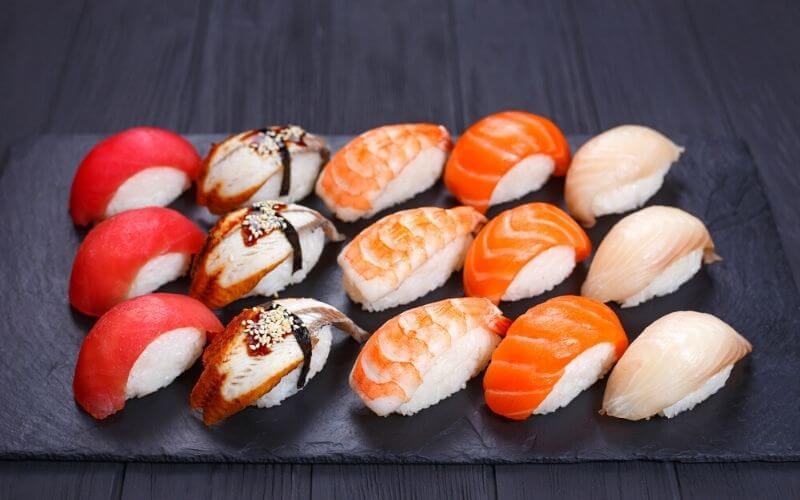
Nigiri is made by pressing the sushi rice with hands into a rectangular shape. Then the mound of sushi rice is topped with a slice of raw fish. Only these two ingredients define the essence of the nigiri. The long and thin shape of the nigiri makes it convenient to eat with your hands. This type of sushi is especially popular in Tokyo.
However, all nigiri doesn’t serve raw fish like maguro (raw tuna) or sake (raw salmon); you can find boiled shrimp (Ebi), grilled eel (unagi), or squid (ika) as nigiri filings. Another type of nigiri sushi is the Tamago nigiri which contains an egg omelet. Some may like to add wasabi or soy sauce as a topping before eating a nigiri.
02 Maki
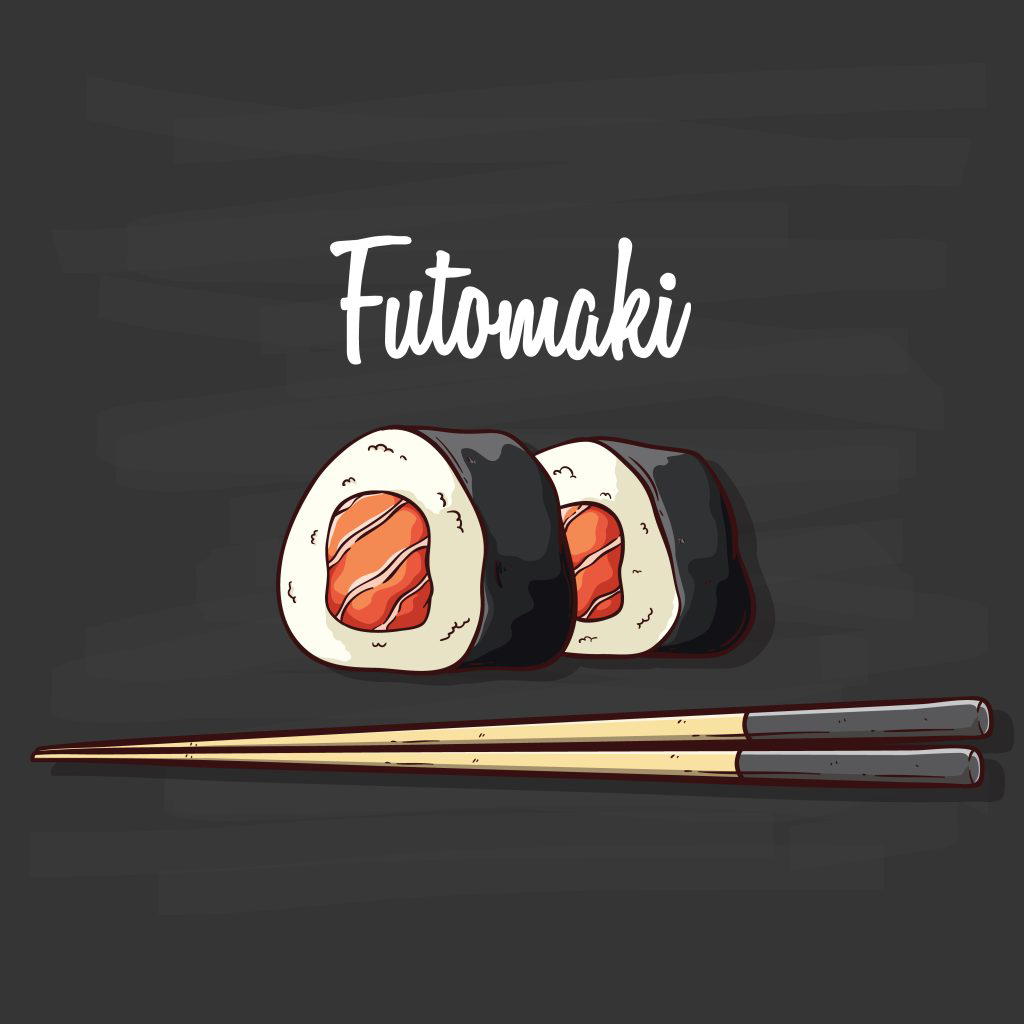
Maki is the Japanese word for “to roll.” Maki sushi is any type of sushi that has ingredients like fish, meat, or vegetables inside a seaweed wrapper. It is the most common type of sushi you can find, especially in a bento box. The fillings and the vinegared rice in maki are tightly wrapped using a bamboo mat in nori or seaweed and then cut into 6 to 8 bite-size pieces. If you look at a cross-section of the maki, you can see the distinct layers of the fillings, the sticky rice, and the thin layer of nori.
You can get a variety of maki rolls like Hosomaki which contains only one filling like carrots, tuna, or cucumber, and the sushi size is small; Tekka maki roll which consists of three ingredients – raw tuna, rice, and nori; Futomaki or fat roll that contains a variety of fillings (learn how to roll a futo maki); and Kappa maki roll that contains a cucumber filling wrapped in sushi rice and nori.
03 Chirashi
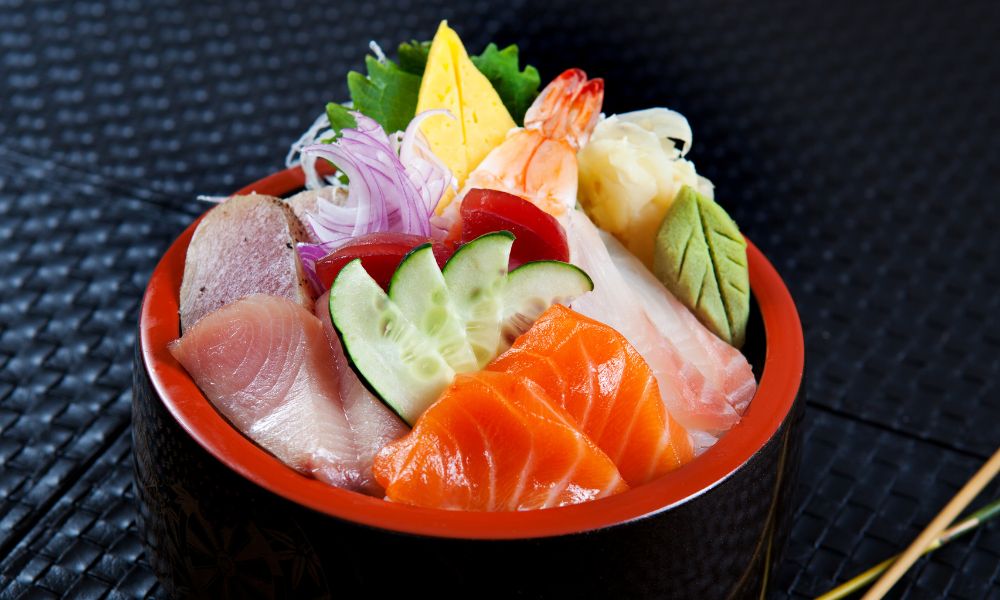
A bed of sushi rice blanketed in toppings is the foundation of the less popular sushi style known as chirashi. The toppings that are scattered over the sushi rice are referred to as chirashi. Chirashi means “scattered” in Japanese. But don’t let the phrase mislead you. The toppings on this sushi meal are “scattered” with neatness and accuracy.
The most popular types of chirashi sushi are from Tokyo and Osaka. The Tokyo style of chirashi sushi is also called Edomae Chirashi where vinegared rice is topped with fresh and raw seafood like tuna, squid, scallops, and salmon. In contrast, the Osaka-style chirashi or Gomoku chirashi contains cooked ingredients, looks very pretty, and has flying fish roe and lotus root as common toppings.
Chirashi is a popular Japanese dish that is served on Hinamatsuri or Girls’ Day or Doll’s Day on March 3rd to celebrate the daughters in the family.
04 Temaki
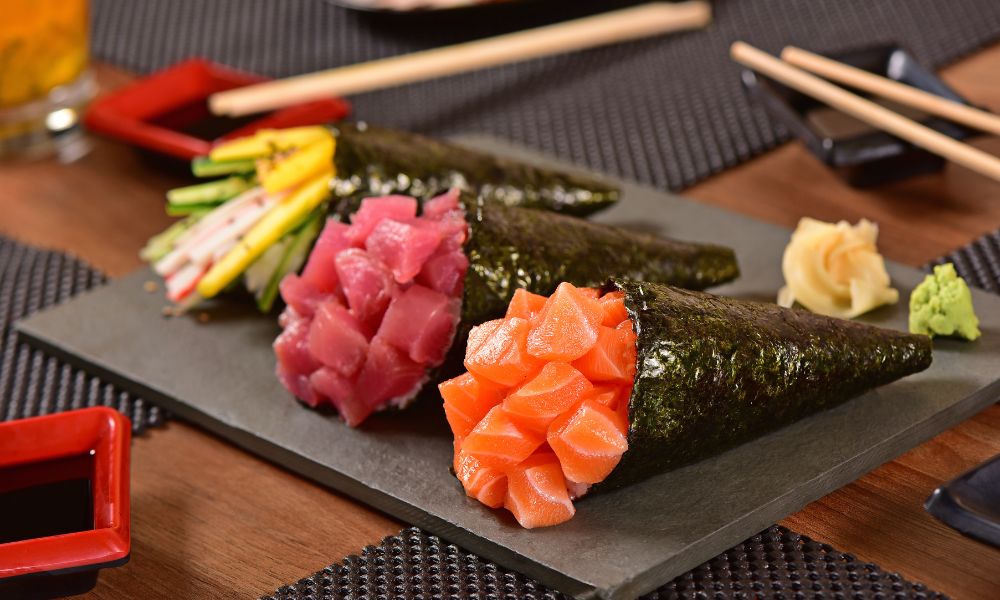
A cone-shaped hand-rolled sushi made with a sheet of nori is the temaki. It’s an individual serving and is difficult to share as it has been formed loosely with the usual sushi fillings like vinegared rice, fish, and others. The main difference between roll vs hand roll sushi may surprise you! While a precise method is followed using a bamboo mat to roll the sushi in Japanese style, temaki hand roll doesn’t follow a very precise preparation. It is meant to be eaten with your hand as the large and conical shape of the temaki doesn’t allow you to eat it with chopsticks.
05 Inari

In inari sushi, the vinegared rice could be mixed with boiled shiitake mushrooms or carrots. The second ingredient is the fried bean curd. Together, these two ingredients create fried tofu pouches with a unique, earthy flavor. The shape of the inari sushi changes according to the region – a triangular shape used in Western Japan while in Eastern Japan and Kanto regions, the inari takes on the shape of a straw bag.
06 Uramaki Or Sushi Rolls Explained
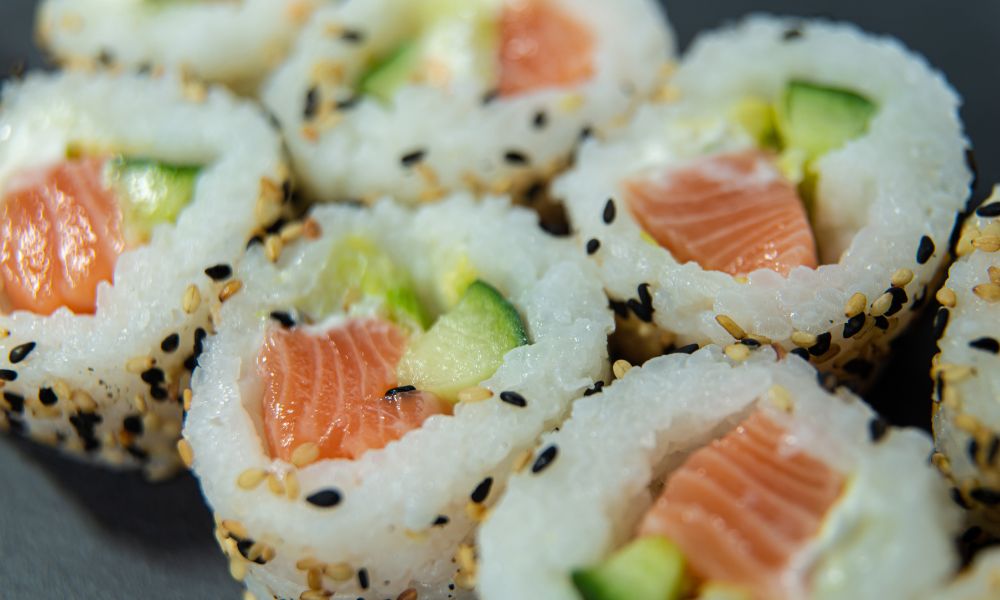
What is uramaki is a question that often figures in the minds of sushi lovers who have just acquired the taste of this tasty morsel. Ura maki is similar to maki with one key difference – whereas fillings and rice are wrapped around nori in a typical maki, the uramaki sushi rolls have the fillings and seaweed paper wrapped around rice. So, instead of the outermost layer of nori that you might expect, you will find the rice on the outside in the uramaki.
A sushi chef in Los Angeles came up with this “inside-out” roll to appeal to American customers who found the nori wrapper unappealing. In the US, the ura maki is well-known and are referred to as “special rolls” on the sushi menu in Japanese restaurants. You may find sesame seeds sprinkled on this Western style sushi to add flavor and crunch to the sticky rice and the fillings. It’s also served with a variety of other toppings and sauces.
You can get sushi rolls in a grocery or in a Japanese restaurant. I remember I used to buy a pack of rainbow rolls from the 7-Eleven stores in Bangkok when I was too tired to cook for myself. On a side note, it’s not too difficult to make the best kani sushi at home but I wish I knew it then. Well, here’s a rundown of what is in sushi rolls of each type.
California Rolls
California roll is a type of sushi roll that is made with imitation crab meat or kanikama, cucumber, and avocado with toppings of toasted sesame seeds and flying fish roe.
Philadelphia Roll
A twist on traditional Japanese sushi, the Philadelphia roll consists of avocado, smoked salmon, asparagus, and cream cheese.
Alaska Roll
In Alaska roll, you will find raw salmon, cucumber, avocado, and kanikama rolled with a layer of sushi rice and then wrapped in smoked salmon.
Boston Roll
Like the California roll, the Boston roll consists of cucumber and avocado wrapped with rice but instead of imitation crab, it uses boiled shrimp. As toppings, tobiko in sushi of this type is common.
Spider Roll
The spider roll is made with cucumber and fried crab with a soft shell. To add a kick, spicy mayonnaise is used as flavoring.
Rainbow Roll
As the name suggests, this is a colorful type of sushi that’s made of tuna, salmon, yellowtail, avocado, and other ingredients that resemble a rainbow when assembled in a row.
Spicy Tuna Roll
One of my favorites, the spicy tuna roll is not hard to decipher. A spicy sauce like Sriracha is used to wrap the tuna in the sushi roll.
Miss Pink
This is for those who love fruits – strawberries, to be more precise. Strawberries and sushi rice are wrapped in a crepe to present this fruity pink sushi. This is why sushi is the best as you have the freedom to pick the ingredients you love.
Mango Roll
Another fruity delight in the form of sushi is the mango roll. Nori is replaced with mango slices in this sushi type. Fillings include kanikama, shrimp tempura, and avocado while a thick mango sauce is used as the topping.
Dynamite Roll
Shrimp tempura and yellowtail are wrapped with cucumber, carrot, and avocado in this type of sushi roll and flavored with a spicy mayo that will explode in your mouth. Hence the name!
Sushirrito
A fusion take on the Mexican burrito, the sushirrito or sushi burrito is a mix of Latin American and Japanese flavors served in the form of a thick roll, much like a burrito. Sushirrito is behind this novel creation and you can order different types of sushirritos wrapped in a large piece of nori sheet to satisfy your meat or fish cravings in a whole new way. They even have a gluten-free, vegan version if you’re against eating animals or gluten allergies.
You can also get other versions of sushi rolls defined by the region in which they are popular – Florida sushi rolls or New York sushi rolls. For those who have just begun to step into the world of sushi, such rolls may be easier to eat as they don’t contain raw fish. For beginners, sushi with raw fish may be quite daunting.
FAQs
How Many Types Of Sushi Are There?
There are 6 main types of sushi.
What Is The Most Common Type Of Sushi?
The most common types are the sushi roll or uramaki and maki.
What Are The Types Of Sushi I Can Eat While Pregnant?
You can eat all types of sushi during your pregnancy except for sushi that contains raw or undercooked fish.
What Type Of Sushi Is The Healthiest?
The type of sushi that contains no sauce, creamy toppings, and fattening ingredients like red meat is the healthiest. Fillings of fish, vegetables, and fruit make the healthiest type of sushi.
